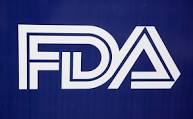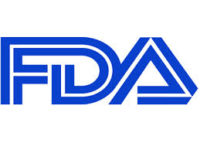FDA has issued a proposed rule to extend the compliance dates for the Nutrition Facts and Supplement Facts label final rule and the Serving Size final rule from July 26, 2018, to Jan. 1, 2020, for manufacturers with $10 million or more in annual food sales. Manufacturers with less than $10 million in annual food sales would receive an extra year to comply—until Jan. 1, 2021.
Pending completion of this rulemaking, FDA intends to exercise enforcement discretion with respect to the current July 26, 2018, and July 26, 2019, compliance dates.
The American Frozen Food Institute (AFFI) was among industry representatives that reacted positively to the deadline extension.
“AFFI commends the U.S. Food and Drug Administration’s decision to provide frozen food and beverage makers additional time to implement changes to the NFP until Jan. 1, 2020. AFFI members are committed to updating the NFP and providing consumers with the information they need to make informed choices. This additional time will help AFFI’s members, especially our small and medium-sized companies, make these changes and also lessen the financial burden of doing so.”
The Center for Science in the Public Interest (CSPI) also reacted to the announcement, accusing FDA with caving into the food industry’s demands while obesity rates continued to climb.
The new nutrition facts label, according to FDA, will help consumers make “better-informed food choices.” The added information is supposed to link diet and chronic diseases like obesity and heart disease to better inform consumers.
Changes to the nutrition facts label include increasing the type size for “Calories,” “servings per container,” and the “Serving size” declaration, and bolding the number of calories and the “Serving size” declaration to highlight this information.
“Added sugars,” in grams and as percent Daily Value, will be included on the label. Scientific data show that it is not easy to meet nutrient needs while staying within calorie limits if you consume more than 10 percent of your total daily calories from added sugar, and this is consistent with the 2015-2020 Dietary Guidelines for Americans.
Additionally, new serving sizes must take account of the amounts of foods and beverages that people are consuming, not what they should be eating. Serving sizes have changed since 1993, the time of the last changes.
Package size also affects what people eat, according to federal research. Therefore, for packages that are between one and two servings, the calories and other nutrients will be required to be labeled as one serving because people typically consume it in one sitting.
For certain products that are larger than a single serving but that could be consumed in one sitting or multiple sittings, manufacturers will have to provide “dual column” labels to indicate some calories and nutrients in both a “per serving” and “per package”/“per unit” basis. With dual-column labels available, people will be able to easily understand how many calories and nutrients they are getting if they eat or drink the entire package/unit at one time.
Guidance Document https://www.fda.gov/Food/GuidanceRegulation/GuidanceDocumentsRegulatoryInformation/LabelingNutrition/ucm385663.htm
Sign up for Food Safety Magazine’s bi-weekly emails!
Subscribe to our new podcast: Food Safety Matters!




